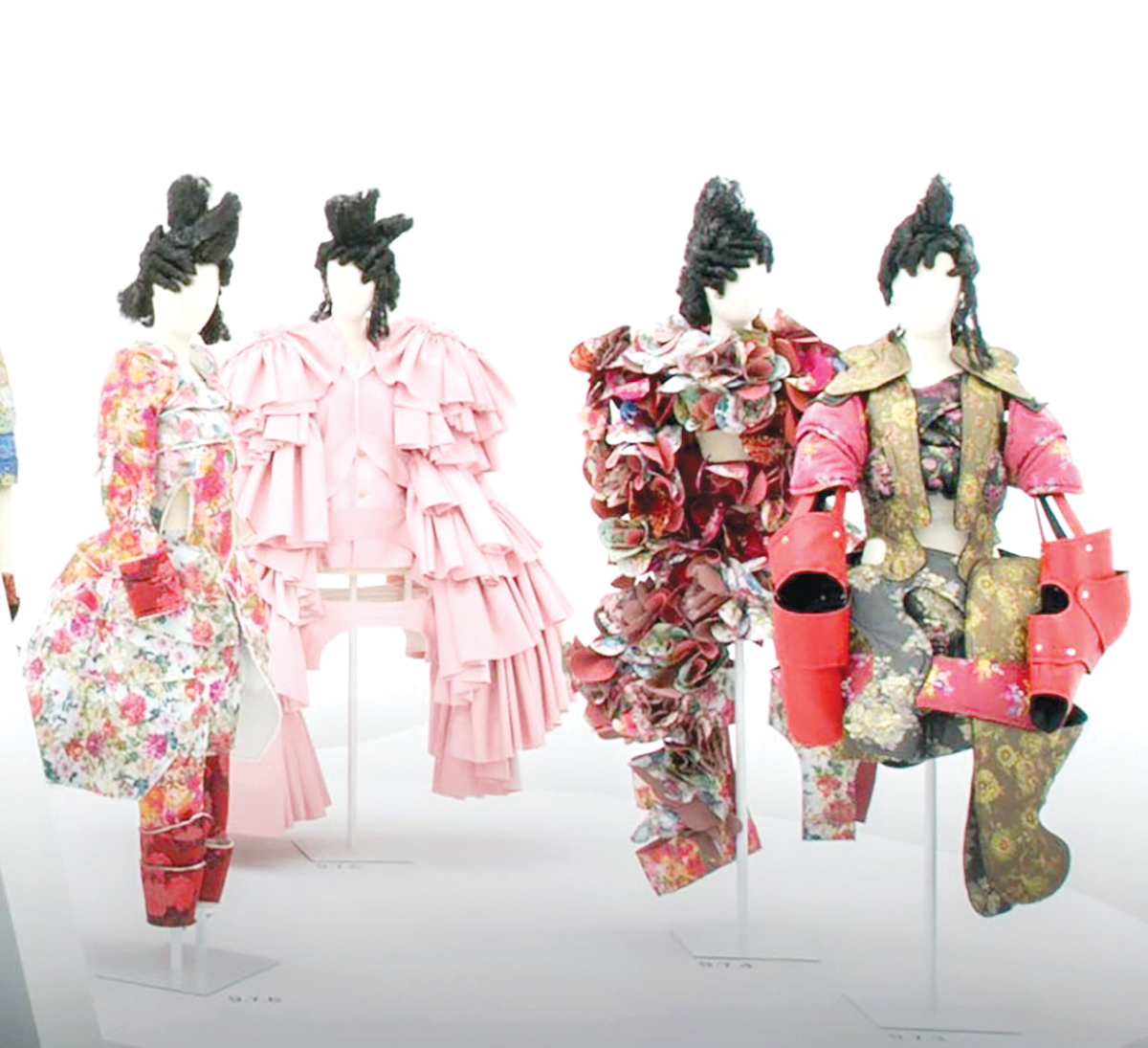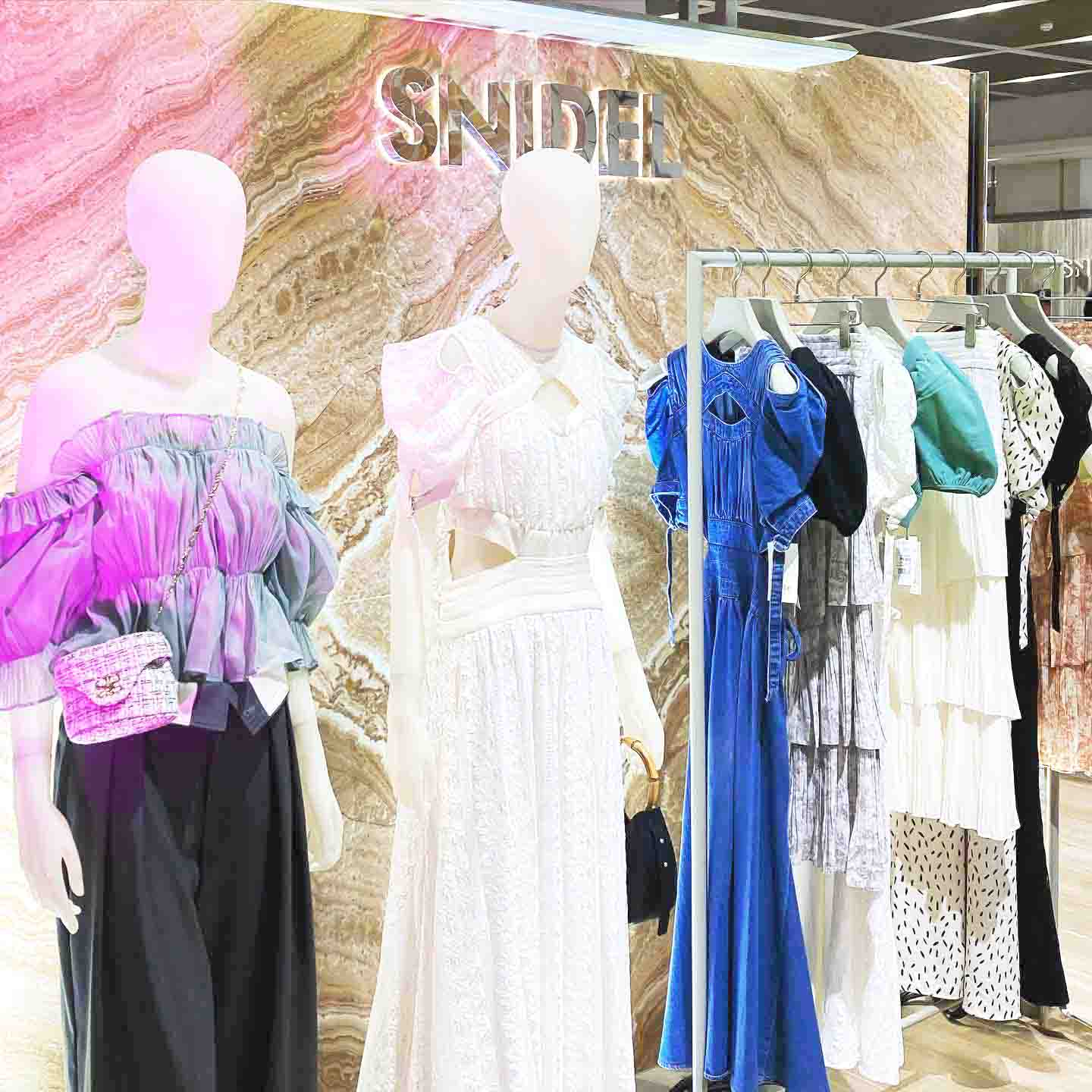Putting on the Japanese aesthetic
A look into how Japan's fashion sense has made an impact worldwide
By Poch Eulalia
At A Glance
- Clothing doesn't lie, it shows everything. – Yohji Yamamoto
When it comes to fashion, many are quick to think about the “Big Four” fashion capitals—Paris, Milan, London, and New York City. It’s easy to remember Western powerhouses that come with big names such as Louis Vuitton, Gucci, Burberry, and Ralph Lauren. Despite the pervasiveness of Western influence in the industry, Japan has made a name for itself through its iconic fashion styles. Join us as we explore the captivating allure of Japanese fashionwear and unravel the secrets behind its timeless elegance and undeniable influence on the global fashion stage.

Not afraid of its past
Japan has always been known to innovate and move things forward while keeping its traditions thriving. Just look at most of its landmarks and you’ll find a good mix of temples, historical markers, and natural beauties nestled alongside its urban environments. The same can be said of its sense of fashion.
Rei Kawakubo, the founder of Paris-based Japanese fashion label Comme des Garçons, best illustrates this with a number of her dresses resembling the traditional kimono design amped up to fit modern fashion sensibilities. Some of her dresses also heavily incorporate folds into the mix, similar to the folding methods used in the art of origami.

Styling in the streets
Japan is never afraid to show off its style, especially on the streets. If you ever find yourselves walking along the streets of Harajuku, you’ll be greeted by crowds of myriad fashion statements. One such trend, Lolita fashion, puts an emphasis on cuteness through its Victorian-era and Rococo-esque style. Another trend is Ganguro, easily recognizable for its dark tan appearance meant to counter traditional Japanese beauty norms of having pale skin. Most of these looks are thoroughly documented by Fruits Magazine, a monthly publication that focused on fashion subcultures from Harajuku until its final run in 2017.

Simplicity is key
Japan plays a pivotal role in popularizing minimalist aesthetics. When it comes to minimalism, one product comes to mind as the master of utilizing it, Apple. Much of Apple’s marketing focuses on how user-friendly its products are. Notice how iPhones and iPads all keep a sleek design with their interface. Easy on the eyes, they are also hassle-free to navigate. Even its former CEO, Steve Jobs, kept a simple look with his everyday black turtleneck sweater, jeans, and sneakers.
According to the Steve Jobs biography by Walter Isaacson, the Apple co-founder owed his iconic appearance to Japanese designer Issey Miyake. Miyake was known for designing the company uniform for Sony, a concept Jobs wanted to bring to Apple. He ended up commissioning Miyake to make some black turtlenecks that he enjoyed wearing and it eventually became his own personal uniform.

Japanese style is taking the world by storm. You too can join in on the wave and sport premium women’s fashion from Japan! Snidel and Fray I.D. offers a fine mix of streetwear and elegance for established and expressive women. Founded in 2005, it has gained popularity in Japan for its feminine and trendy clothing offerings. Meanwhile, Fray I.D. was established in 1999. It has since focused on urban fashion that appeals to modern women seeking a minimalist aesthetic with a touch of sophistication. Both of these Japanese fashion powerhouses are now available for the Filipino market at Mitsukoshi BGC, the first Japanese-inspired mall in the Philippines.
snidelandfrayidph